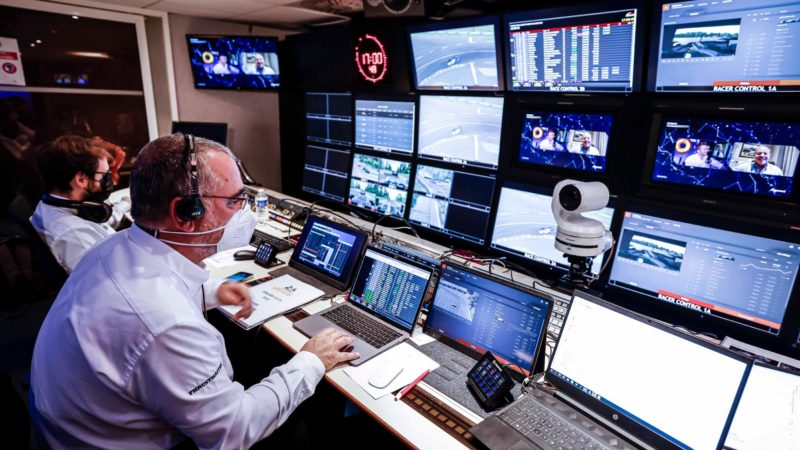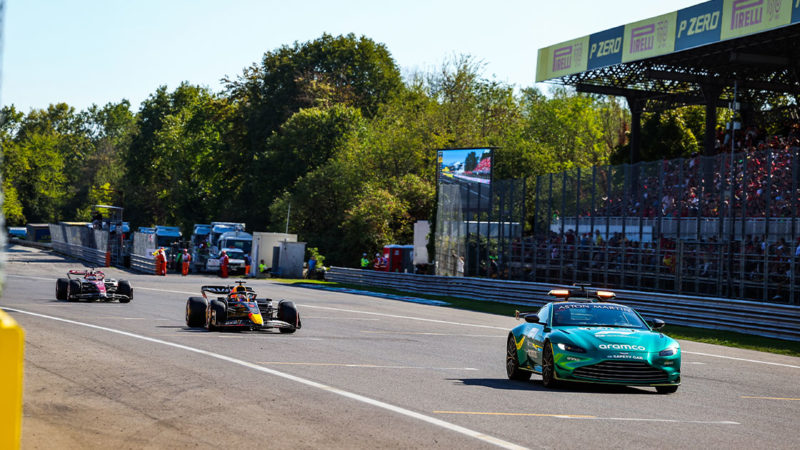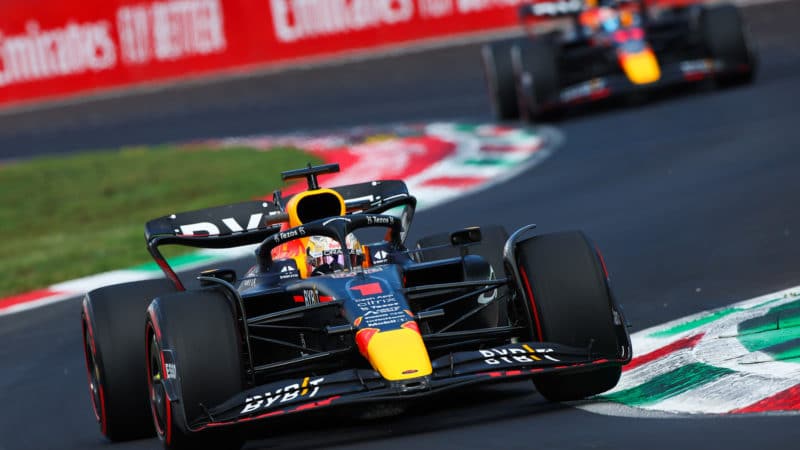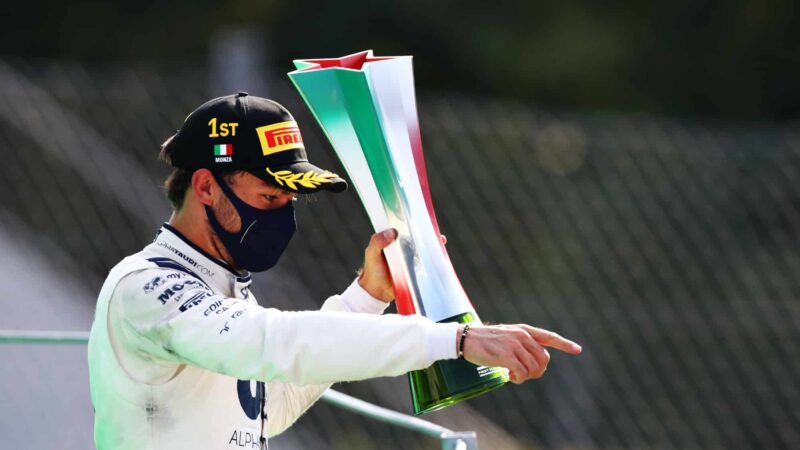Then Michael Masi took over as race director and understandably tried to tweak the process in order to ensure that if there was space – i.e. a driver qualified in a position where there were enough grid slots to take their full penalty – then the full drop would be applied.
Nothing wrong with that either, except for that fact that it isn’t written into the sporting regulations, and as soon as you start trying to do things a different way without a clear and obvious process for everyone to refer to, it’s going to get messy.
Speaking to different teams on Saturday night after qualifying, they had different ideas of how the grid was going to look. Some were obviously working on the premise of the grid being closed up in one go, leading to an expectation Verstappen would be fourth. Others were aware of Masi’s plan and assumed those with penalties would be frozen in position as the grid closed up, before being slotted in at the point their penalty should have dropped them to (or as close as possible).

Different approaches from different race directors appears to have added to confusion
François Flamand / DPPI
Of course, having two different race directors in place who didn’t come up with either approach themselves only added to the potential that the grid could be finalised in a different way, seeing as it’s not written into regulation.
While an FIA representative had jokingly said “don’t ask” when pushed on the grid procedure prior to qualifying, a number of hours afterwards they insisted the process was clear and obvious and that they could show us how it would be formed. But if it was clear and obvious, then there is a clear and obvious need to publish a provisional grid far more quickly.
It took one hour to run a qualifying session to set the starting order for the race, and then four times as long to finally turn that into a provisional grid. In a sport that wants to market itself as the fastest on the planet, that really isn’t good enough.



